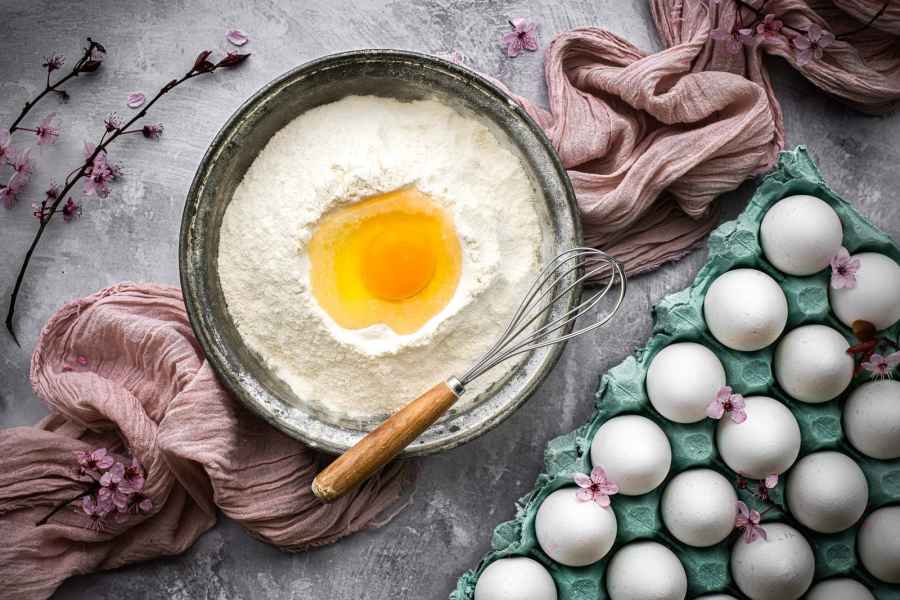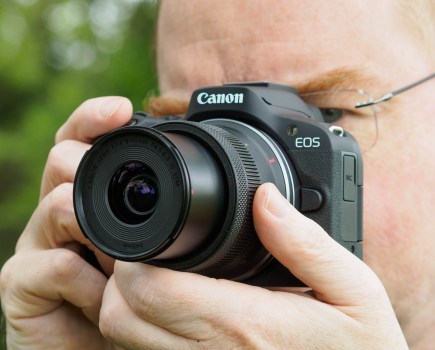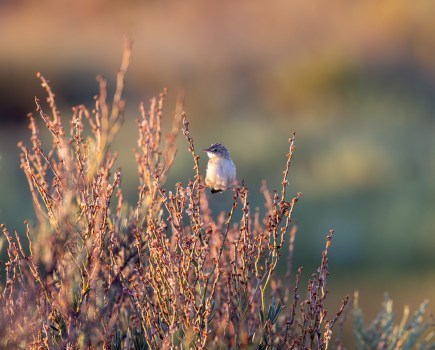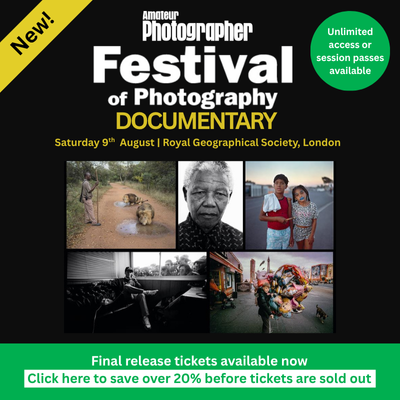No photographer wants to be in the middle of another UK lockdown (we assume), but if you do find yourself with time on your hands, either because you are furloughed or your spare-time routine has gone to hell, it’s a good time to try new photographic genres. Food photography is a great example – it’s growing in popularity thanks to competitions like Pink Lady Food Photographer of the Year, and it’s about way more than fancy, styled shots of expensive-looking food or swish restaurants (not that they are open anyway).
If you are interested in getting started with food photography, we’ve hooked up with Donna Crous (below), a professional food photographer and new Nikon ambassador. She’s also a food photography tutor for the Nikon School.
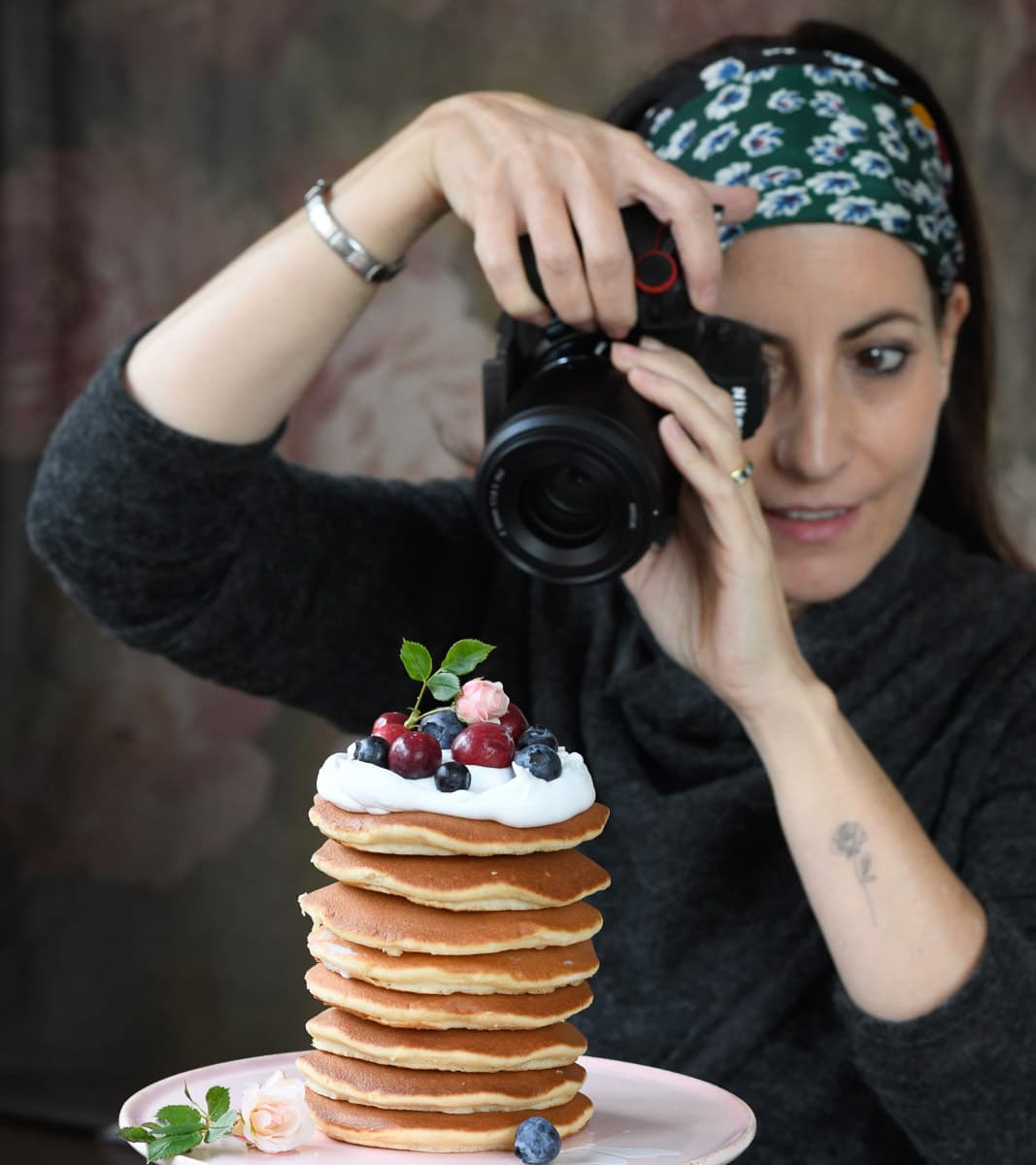
For readers who have not tried food photography before, what do you think are good projects to try during the lockdown?
I love this question! You don’t need to be a chef or even a whizz in the kitchen to be a food photographer, yes it helps, but if you don’t know your way around the kitchen, please don’t feel this isn’t for you. There are so many everyday ingredients in the kitchen that make absolutely beautiful subjects, think fresh produce like tomatoes, eggs, sprouts, berries, clementines, blood oranges, pomegranates (my favourite).

I like to shop at my local farm store and love purchasing bunches of fresh seasonal produce. A cup of coffee always makes for a great shot, sifting flour or pouring honey gives the added challenge of working with a fast shutter speed, or using backlighting for a glass of pink champagne or a drink that has an interesting colour to really make it pop. Try shooting them from various angles and play around with which angle best shows the subject.

Are there any particular types of cameras and lenses that are best suited to lockdown food-photography projects?
Obviously, the camera that you feel the most comfortable using, I change between a Nikon Z7 and D850 as I like to keep my lenses on separate bodies instead of changing them during a shoot and running a risk of either dropping them or dirtying them from food covered hands. Fixed lenses are ideal for food photography, start with a 50mm f1.8 which is a great all round lens.

The 85mm f1.8 is my prefered lens as I love the sharpness and compression that I get from it, and a macro lens is also fun to play around with to get beautiful close ups of smaller ingredients like spices, honeycomb, berries etc.
For your food photography projects at home, do you mainly use natural light or do you use artificial light too?
I built my career using just natural light for many years, I have however started to use continuous light with my Rotolight Neo 2 in the past few years as I’ve found it adds extra depth to my images. Over and above natural light, I use the Rotolight as fill light to spotlight the hero, add an extra boost of light through something that is being poured or sifted, as extra backlight or simply to give me a few hours of extra shooting time during our dark winter days.

The important thing about food photography lighting is to ensure that it is from one direction, either the side or back, never front on otherwise your food will look flat and lacking texture. Set up a table or scene near a window and close off any other forms of light source (always ensure your overhead house lights are turned off). Using one direction lighting creates beautiful depth and tonal dimension. Shadows are important, they show your subject is grounded.
You have done well in food photography and made it a career – what are the biggest mistakes you tend to see in images from less experienced photographers?
I’m obsessed with straight vertical and horizontal lines. It’s really important to ensure your camera is level, shoot with grid lines turned on or a spirit level or virtual horizon is useful to ensure that a table top is aligned, otherwise it can feel like the plate of food is slipping off.
Appropriate props are also important, if the prop is too big or small or does not add to the story in any way then best not to use it. It’s important to remember that the food is always the hero and anything else simply adds to the image.

Interestingly, food images look better taken in portrait orientation; a large stack of pancakes or a pitcher of orange juice fits better into portrait orientation than landscape and looks great on social media or a cover of foodie magazine. Instinctively most photographers shoot in landscape, try turning the camera and give it a go. It goes without saying that if shooting for a client always establish what the images are going to be used for and what orientation is required.
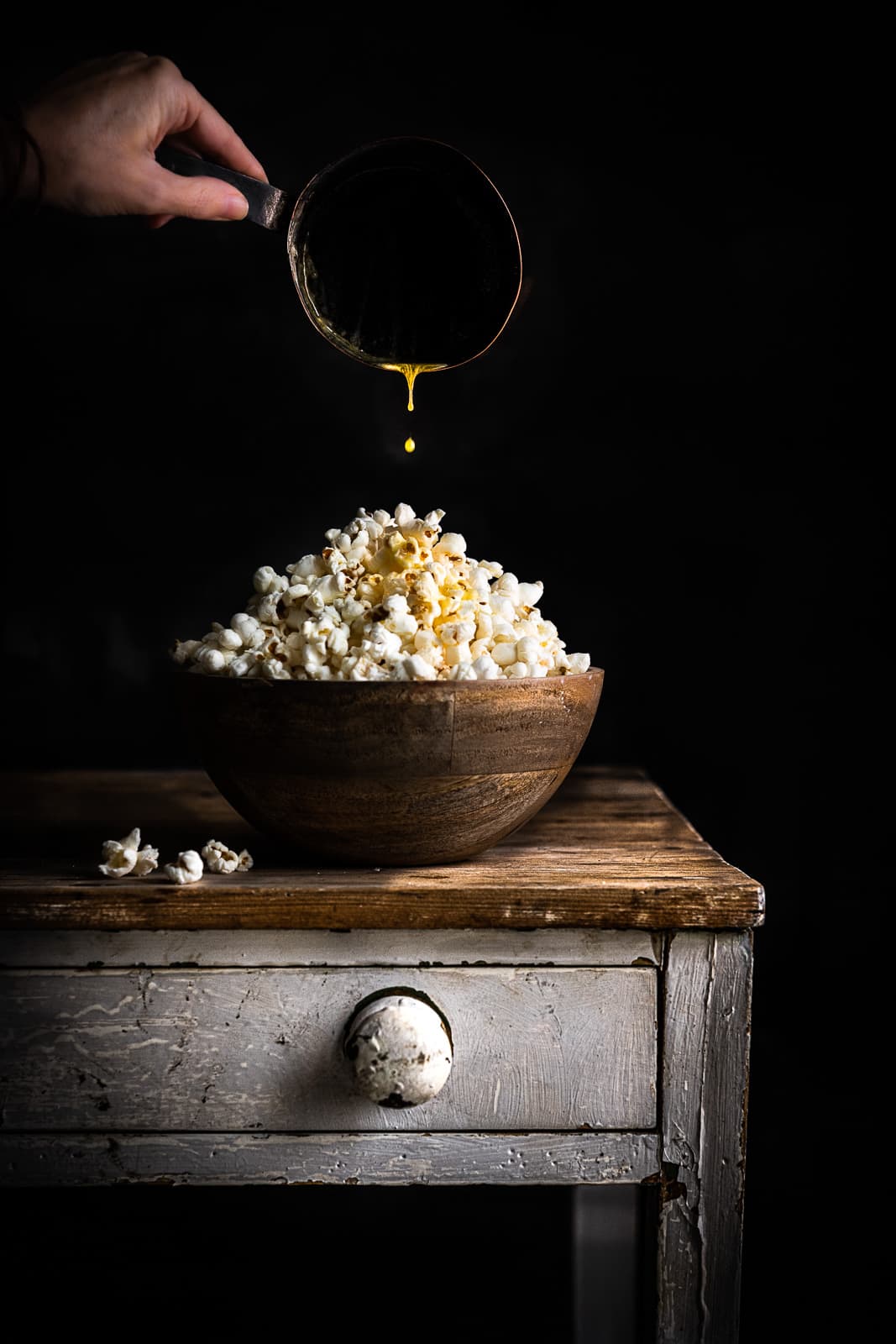
You did very well in the Pink Lady Food Photographer of the Year competition, do you have any tips?
Start by just entering!! Don’t wait until you have enough images, a full portfolio or have food photographer on your business card, just shoot, submit and give it a try. I spent hours pouring over the different categories working out which ones I wanted to submit images into, there are a number of really great categories and something for everyone.

What are your best tips for editing food photography images taken during lockdown?
If possible start by shooting in RAW, this gives so much more flexibility when editing. Ensure that food looks natural, we all innately know the colour of a strawberry, so if it’s either too orange or pink it will immediately look incorrect. I don’t recommend using preset filters unless they are food specific and always ensure that the white balance is correct. Using the brush tool to enhance certain areas of interest like bubbles in champagne really make them stand out.

Is there still much of a market for selling food images at the moment?
There is always a market for good strong images that look natural and delicious. Dedicated food stock libraries are constantly looking for new images and photographers. During lockdown there are many home delivery/takeout businesses that need quality images to promote their dishes, try placing an offer into a local facebook group and team up with a small local business trying to get off the ground in these difficult times.

Further reading
Best food-photography projects
Pink Lady Food Photographer of the Year open for entries

